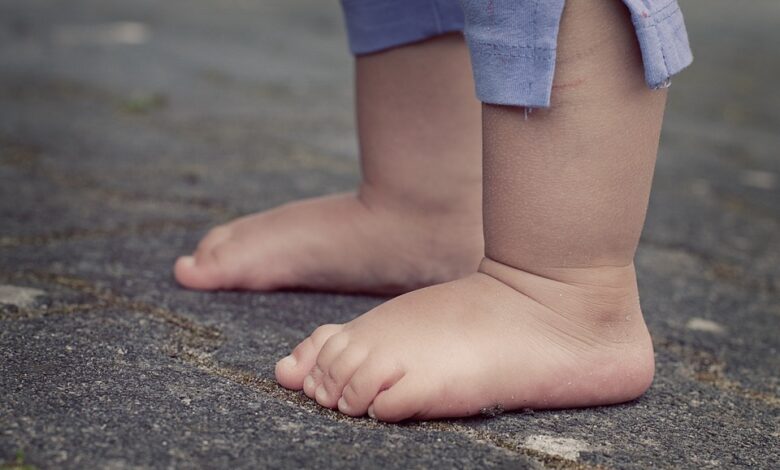How the Child Rights Act is Empowering Children Worldwide

One of the key areas the Child Rights Act focuses on is education. Education is a fundamental right for every child, as it equips them with knowledge and skills necessary to succeed in life. By implementing this Act, governments ensure that all children have access to quality education, regardless of their gender, race, or social background. This empowers children to be active participants in their own development, enabling them to break the cycle of poverty and contribute to the progress of their communities.
The Act also addresses another critical aspect of children’s lives – their protection from exploitation and abuse. Children are particularly susceptible to exploitation, such as child labor, trafficking, and early marriage. The Child Rights Act stands as a powerful tool against these injustices, making it illegal for children to be engaged in hazardous labor and protecting them from all forms of abuse. This not only ensures their safety but also allows them to grow up in a nurturing environment that fosters their physical and emotional well-being.
Moreover, the Child Rights Act emphasizes the importance of healthcare for children. Access to healthcare is crucial for their growth and development, as it enables early detection and prevention of diseases, proper nutrition, and overall well-being. By implementing this Act, governments commit to providing children with adequate healthcare services, ensuring that they have access to vaccinations, regular check-ups, and necessary treatments. This empowers children to live healthy lives, reducing mortality rates and improving their overall quality of life.
Additionally, the Child Rights Act recognizes the importance of family and community in the lives of children. Every child has the right to a family, and governments take responsibility for ensuring that children who cannot be raised by their biological parents have access to suitable alternative care arrangements. This Act also promotes the right of children to maintain their cultural identity and heritage, ensuring that they feel a sense of belonging and are proud of who they are. By prioritizing family and community support, the Act empowers children by providing them with a strong foundation and a sense of belonging.
Furthermore, the Child Rights Act encourages the participation of children in decision-making processes that affect their lives. It recognizes that children have valuable perspectives and ideas, and their involvement strengthens democracy and promotes social cohesion. Implementing the Act enables children to exercise their rights to freedom of expression and opinion, empowering them to voice their concerns, contribute to policies that impact their lives, and actively participate as citizens of their respective countries.
In conclusion, the Child Rights Act is a powerful instrument that empowers children worldwide. By addressing key areas such as education, protection, healthcare, family, and participation, governments commit to ensuring that children’s rights are respected and fulfilled. This Act enables children to break the cycle of poverty, grow up in safe environments, access quality healthcare, and contribute to their communities. Empowering children through the implementation of the Child Rights Act is not just a legal obligation but a moral imperative, as it recognizes that children deserve to be heard, protected, and given the opportunity to thrive.
Human right activist
Nada Foundation




